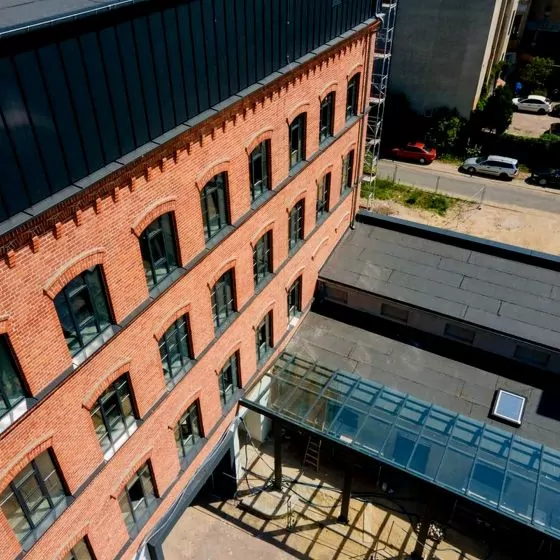During the Vietnam War in the 1960s, a unique tunnel system was built 70 kilometers from Saigon, with a total length of more than 200 kilometers. Created by guerrillas belonging to the National Liberation Front of South Vietnam, Củ Chi's network of tunnels on several underground levels connected extensive infrastructure - hospitals, kitchens, bedrooms, meeting rooms and arsenals. What's happening to the site today? It is attracting 1.5 million tourists a year and more investment, influencing the creation of special economic zones and consistently turning the area into an affluent suburb of Ho Chi Minh City. What is the phenomenon of this non-obvious construction?



comparison of existing tunnel maps
© Anna Pilawska-Sita, Michal Sita
The history of Vietnam's guerrilla tunnels and the myths and legends that accompanied them have been collected in the book "Củ Chi Tunnels Restoration Report" by architect Anna Pilawska-Sita and Michal Sita, a documentary photographer and curator. The book won the Krzysiek Makowski Award and the title of Photographic Publication of the Year 2020 for:
tremendous substantive work, unbelievably extensive research enclosed in such an inconspicuous publication, consistency in content, photography and design, and the universality of the story, which, as we learn, is still relevant.
"Củ Chi Tunnels Restoration Report".
© Anna Pilawska-Sita, Michal Sita
The modern pathos of conscript training, the fantasy of tourists set in motion by the traps set for them here - build up around notions of a vast maze of corridors, a parallel world of tunnels connecting hospitals, schools, command centers and movie theaters, all hidden a few meters below the surface. The 250-kilometer network of tunnels built on three levels made survival possible at a time when life on the surface was impossible, when American bombing turned Củ Chi province into a ruin devoid of plants, animals and people. The tunnels expanded to the size of an underground city during the American war were a response to the brutality of that conflict, materializing in the form of secretly kept, cramped, dark and vermin-filled corridors, write Anna Pilawska-Sita and Michal Sita.



Vana emerges from the tunnel under his house, An Nhơn Tây, 26.03.2018.
© Anna Pilawska-Sita, Michal Sita
In their publication, the authors look at the process of transforming the corridors into a tourist attraction and an engine for the development of the area. The process of turning a place evoking memories of war into a symbol began in 1981 with the first preservation and enhancement activities carried out by the Polish-Vietnamese Historic Preservation Mission led by Kazimierz Kwiatkowski.



projection of a fragment of the establishment
© Anna Pilawska-Sita, Michal Sita
This was the first post-war attempt to restore Vietnam's architectural heritage. A seemingly technical task was actually part of the process of adapting war history to the preferences of modern audiences, and was one of the most important historical policy undertakings of the time. Ultimately, the secrecy and inaccessibility of the corridor network determined the nature of this reconstruction - it set in motion the process of replacing the material traces of the past with models of them. In a natural way, the underground tunnels proved less useful than the imaginings of them, the book's authors explain. - Nearly thirty years after the first revitalization works, we follow the further process of this adaptation, whereby fragments of the corridors acquire properties that facilitate the imagination; they grow into mock-ups, gain ventilation, tourists pop out of dummy masked manholes. Images of the underground world are constructed by visitors, they match the prospectuses of travel agencies and the requirements of school tours, urban legends feed on military secrets and propaganda, they add.



The shooting range in the tourist center of Bến Đình
© Anna Pilawska-Sita, Michal Sita
These fantasies, the authors note, help to drown out memories, tame fears and forget life underground for Củ Chi residents, for whom ridding the network of tunnels from beneath their own homes and fields was the first step in lifting the province from the rubble, and placing this part of history within the safe confines of a tourist attraction seems preferable to its violent memory.



The empty space in the middle of the industrial Củ Chi quarters.
© Anna Pilawska-Sita, Michal Sita
The book was published by the PIX.HOUSE publishing house.











































